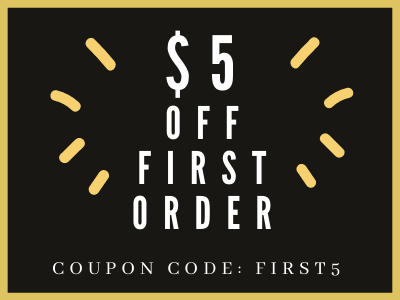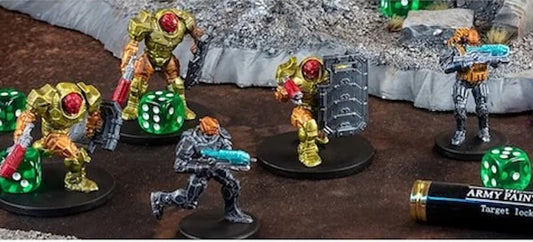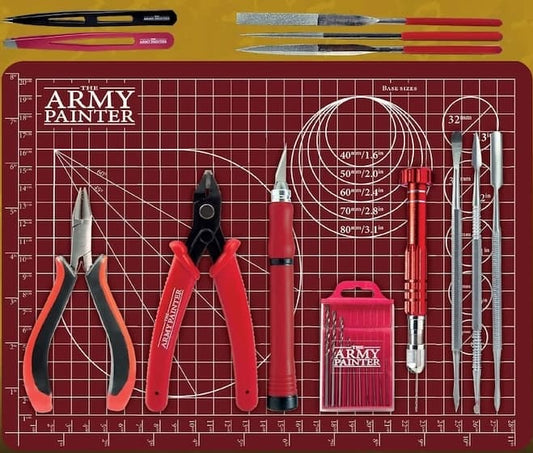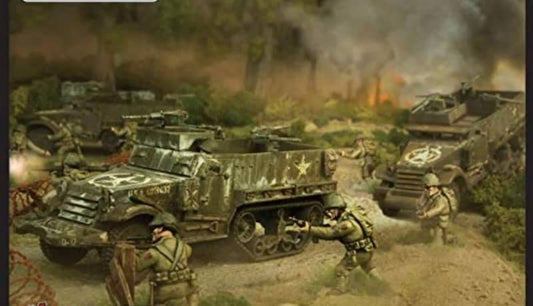Which version is better?
Pathfinder, arguably one of the best RPG board games or tabletop RPG games out there, now has two editions. So, which versions of these tabletop board games are the best? When it comes to figuring out which version of these tabletop games is best let’s go over some of the pros and cons of the game.
When it comes to Pathfinder, few board games top this giant AAA TTRPG. The options are endless when it comes to character customization and there is no end to the kind of adventures the DM can set you on. But which version is best? Here are some of the key differences between one and two.
We’ll start with character building. When building a character you typically start with a race. In PF1 you choose your race, you get your racial traits, or choose an alternative racial trait. When you choose your class, you get HD and spell-like abilities. In PF2 you choose your heritage. This will give you your traits and HD. Spell-like abilities are no longer a thing in PF2. You will also find in PF2 that ancestry gives fewer abilities than PF1, though it does offer ancestry feats later on. Ancestries come with heritage as well and that opens up more base level abilities to players.
Speaking of classes, you will find that each class in PF2 has fewer class features. Instead, class abilities are determined by class feats. Feats in PF1 are gained every other level for most classes, though there are some that gain feats every level. In PF2 your character gains feats every level, but each level has a certain type of feat you are allowed to pick up. There are four different types of feats in PF2 including ancestry, general, class, and skill feats. PF1 offered a wider variety of feats including conduit, combat, general, metamagic, item creation, and style feats.
Now, some players pick their race and class then do stat generation, others do the exact opposite. Either way here are the differences between PF1 and PF2. In PF1 you either roll your stats or use a buy-in system. In PF2 we’ve moved away from that and are using ability boosts. These will vary by character and are decided over numerous steps. Ability boosts for PF2 happen at levels 5, 10, 15, and 20. These boosts affect four stats rather than the one stat in PF1.
So, how do we get from level to level, in PF1 there are 4 courses most DMs take. There are specific XP numbers a player has to hit in order to level. These numbers increase with every level but are also dependent on the speed of the campaign. Slow campaigns require higher numbers to level while fast passed campaigns require lower numbers to level. Mid-range campaigns fall in the middle. The 4th way some DMs decide when a player gets to level by roleplay. Has the character been through enough to grow or level? In PF2 the amount of experience between levels is 1000. This does not increase as the player levels up.
Now that we’ve gone through what it takes to make and level a character, let’s talk about equipment. PF1 is gold-based, while PF2 is more silver-based. Magic items now have physical quality as well as magically quality and unlike PF1, you can only attune to a set number of magical items. In PF2, all items have levels so you know what is available to you to buy or craft.
While this is only the tip of the iceberg, let’s cover just one more thing. A key difference between 1 and 2 is combat. In Pathfinder, you are allowed a move action and an attack action. There are certain quick actions and free actions that can be used in combat as well, but how many per round and the extent of what is allowed per round is up to the DM. In PF2 you get 3 actions and 1 reaction. You can spend your actions in a number of ways, but you only get 3.
So, which version is better? Really, it’s up to the player. If you prefer a streamlined experience then maybe go with PF2, but if you like to get into detail then PF1 is going to suit you better. Both are enjoyable, though there is currently less support online for PF2 and less actual material. In time, more races and classes will be added to PF2, and for a determined DM, PF1 classes and races can be constructed to fit the PF2 format.
If you are interested in learning the PF2 format, pick up the handbook here and get started. If you don’t have people to play with or you don’t know anyone near you who plays, go to your nearest wargaming store to join a group. You could also get online to find players near you. Social media groups have specific threads for players to find groups, either near them or available to play online. Again, PF2 has a smaller following, but there is still support out there for new players.
No matter how you choose to play, a lot of things remain the same in both versions. The fun atmosphere of the game, the step away from reality, and the true nature of the tabletop game stay the same. Wargame miniatures and scenery are still used for this TTRPG. Pathfinder miniature sets, such as this village square set up, help bring your table to life. Painted miniatures and unpainted miniatures alike bring unique depth to the game. Custom miniatures can be used when DMing special tabletop games for kids or adults. Painting miniatures and crafting are still a huge part of the game if you want it to be. If you do buy unpainted miniatures, make sure to pick up a spray primer for miniatures or a miniature painting primer if your miniatures are not already primed. Then you are ready for painting. This starter set is widely considered the best miniature paint set to get you started.

Written by: Melissa Crosby







